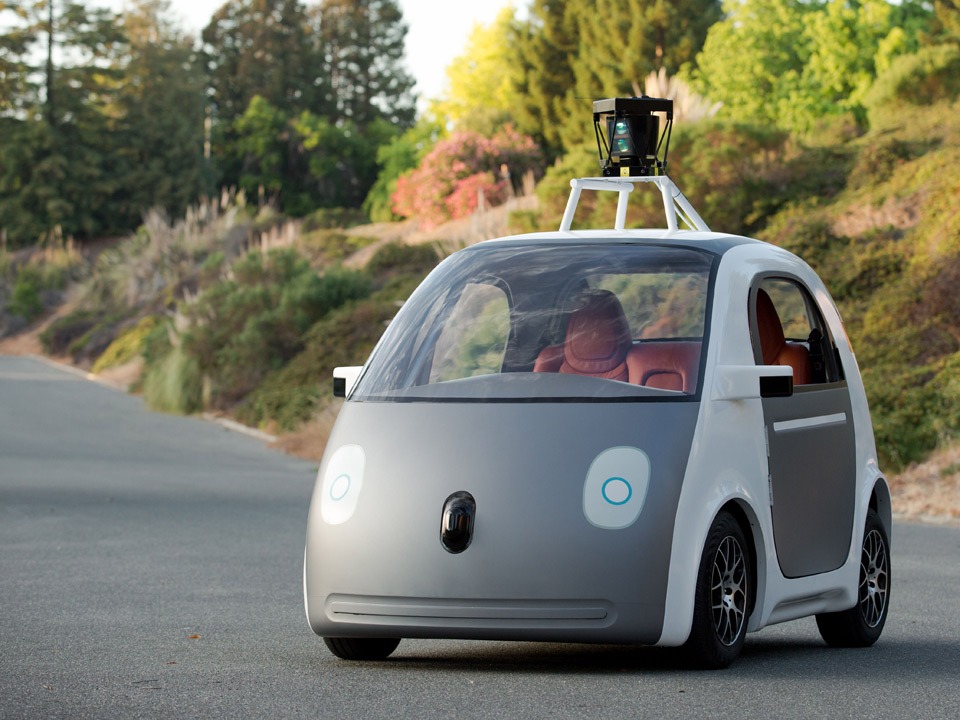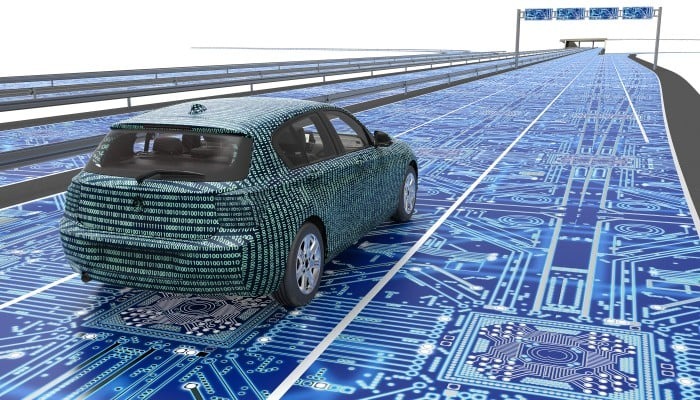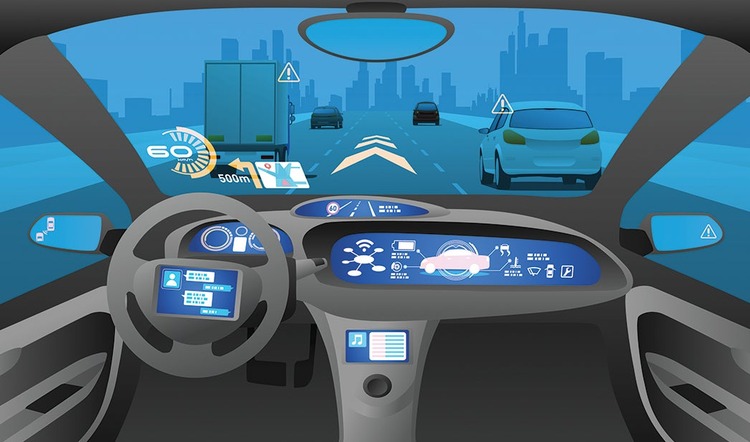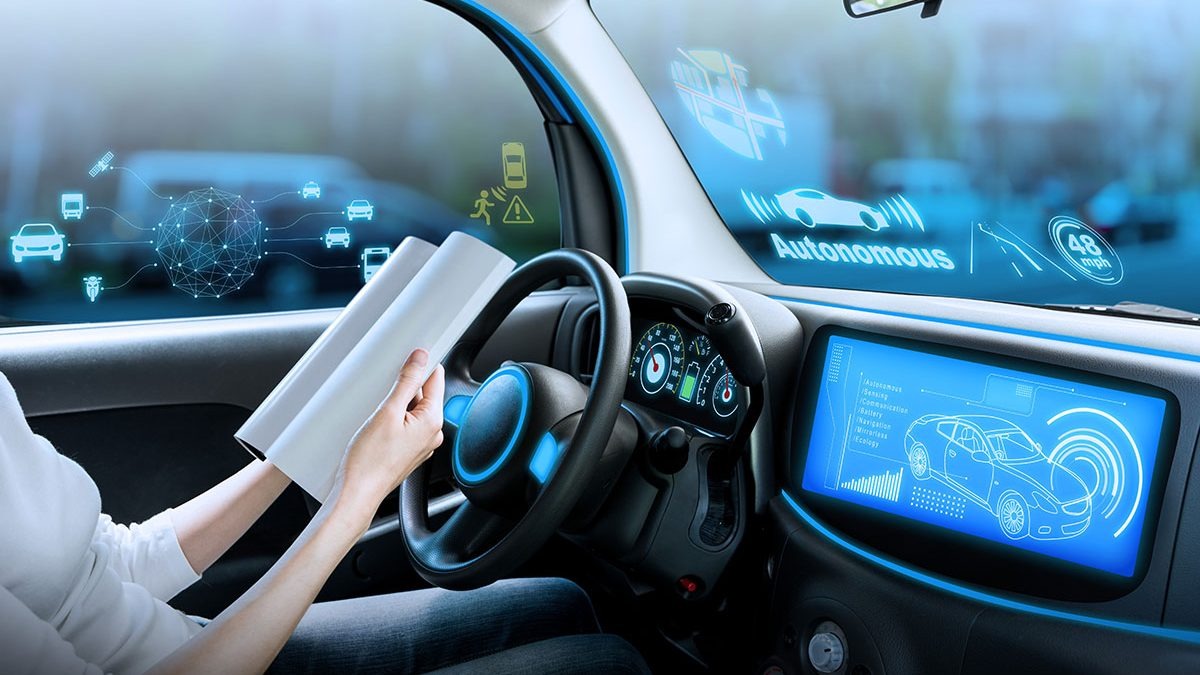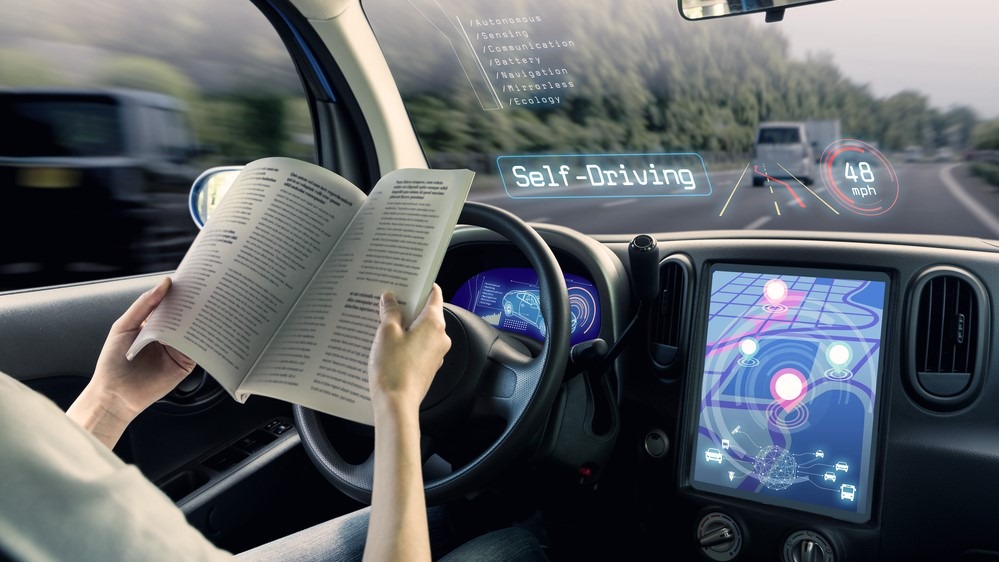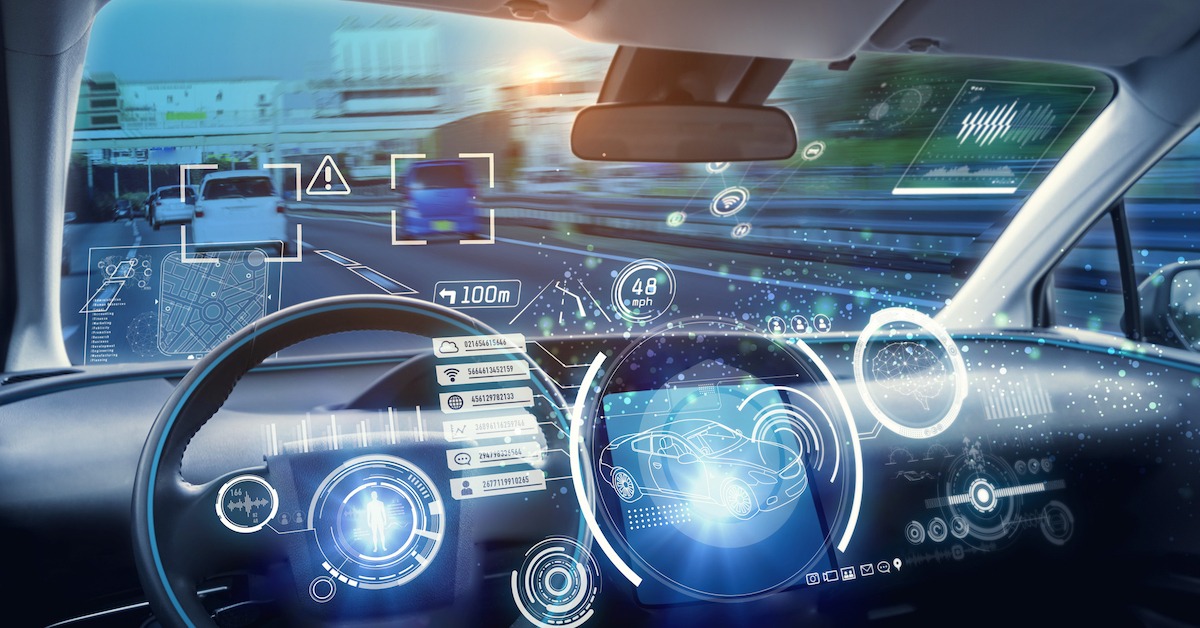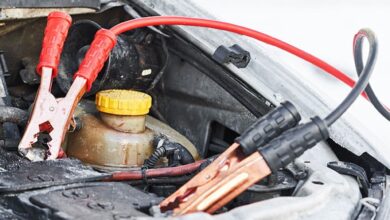Self-Driving Vehicles and the Safety Challenges Waiting to Be Faced
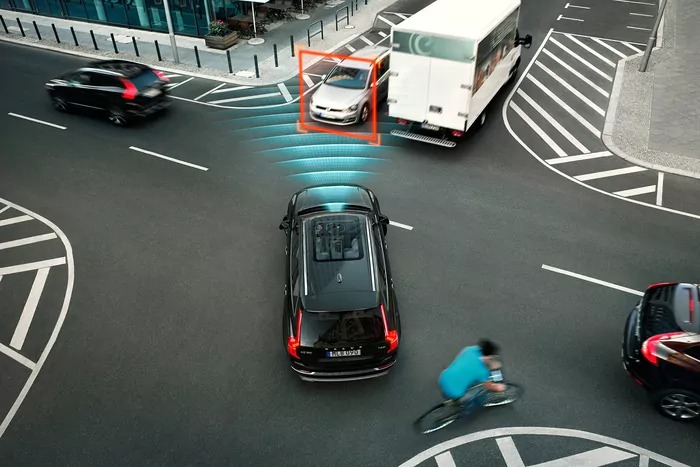
As technology advances at an unprecedented pace, self-driving vehicles emerge as a revolutionary development in the automotive industry. While the concept of autonomous vehicles brings forth the promise of enhanced convenience and efficiency, it also raises significant safety concerns that must be addressed. In this exploration of self-driving vehicles, we delve into the safety challenges that lie ahead.
Self-driving cars rely on intricate systems of sensors, algorithms, and artificial intelligence to navigate the complexities of the road. Despite these technological marvels, concerns persist regarding their ability to adapt to unforeseen circumstances and potential malfunctions. The intersection between human-driven and autonomous vehicles, coupled with the unpredictable nature of real-world driving scenarios, presents a unique set of safety challenges that demand careful consideration.
This article aims to shed light on the key safety challenges associated with self-driving vehicles, ranging from the ethical dilemmas of decision-making algorithms to the potential vulnerabilities in their cybersecurity. By understanding and addressing these challenges, we can pave the way for the safe integration of autonomous vehicles into our transportation landscape. Join us as we explore the intricacies of self-driving technology and the safety hurdles awaiting resolution.
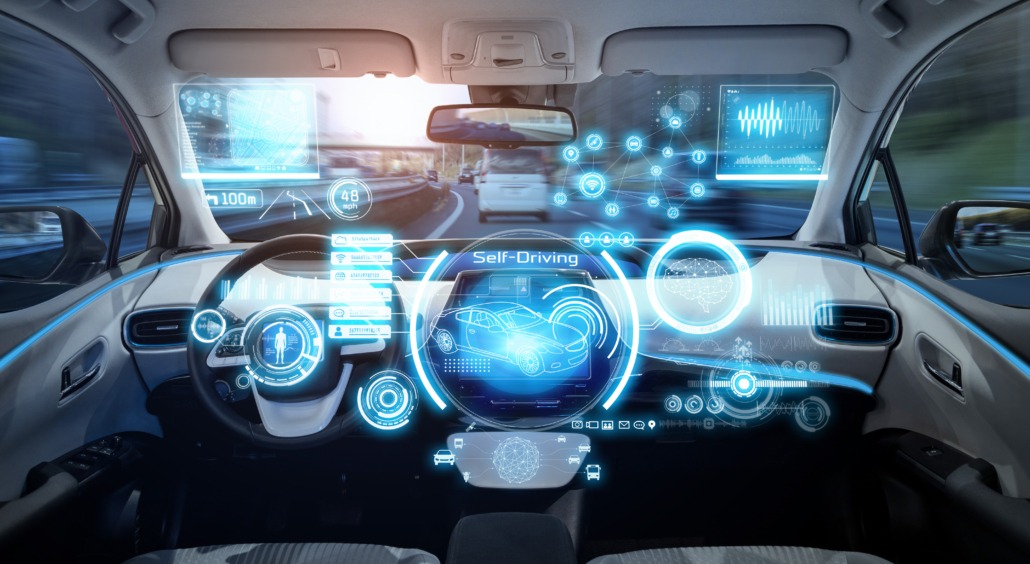
Contents
Understanding Self-Driving Vehicles
Before diving into the safety challenges, let’s first understand what self-driving vehicles are and how they work. Self-driving vehicles are cars that can operate without human intervention. They use a combination of sensors, cameras, radars, and artificial intelligence algorithms to navigate and make decisions on the road.
Safety Challenges of Self-Driving Vehicles
While self-driving vehicles hold great promise for the future, there are several safety challenges that need to be addressed before they can be widely adopted. Let’s explore some of these challenges:
Sensor Reliability
Self-driving vehicles heavily rely on sensors to perceive their surroundings. These sensors include cameras, lidars, and radars. However, these sensors can be prone to failures due to factors like adverse weather conditions, dirt or debris accumulation, or even vandalism. Ensuring the reliability of these sensors is crucial for the safe operation of self-driving vehicles.
Decision-Making in Complex Situations
Self-driving vehicles need to make split-second decisions in complex traffic situations. They must be able to accurately detect and respond to other vehicles, pedestrians, cyclists, and unexpected events on the road. Developing robust algorithms that can handle such complex scenarios is a significant challenge.
Cybersecurity Risks
As self-driving vehicles become more connected and reliant on data exchange, the risk of cybersecurity threats increases. Hackers could potentially gain unauthorized access to a self-driving vehicle’s systems, compromising its safety and control. Ensuring robust cybersecurity measures is crucial to protect against such risks.
Human Interaction
Self-driving vehicles must interact with human drivers and pedestrians on the road. This interaction involves understanding hand signals, recognizing non-verbal cues, and making appropriate responses. Ensuring effective communication between self-driving vehicles and humans is vital for safe coexistence on the roads.
Ethical Considerations
Self-driving vehicles may encounter situations where they need to make ethical decisions, such as choosing between protecting the occupants or avoiding harm to pedestrians. Resolving these ethical dilemmas requires careful consideration and consensus among policymakers, manufacturers, and society as a whole.
See more: Signs that Need to be Checked for the Vehicle Brake System
Measures for Ensuring Safety
Addressing the safety challenges of self-driving vehicles requires a multi-faceted approach involving various stakeholders. Let’s explore some of the measures being taken to ensure the safety of self-driving vehicles:
Rigorous Testing and Simulation
Self-driving vehicle manufacturers conduct extensive testing and simulations to validate their technology’s safety and reliability. These tests involve exposing the vehicles to various scenarios, including challenging weather conditions, congested traffic, and unexpected events. Rigorous testing helps identify weaknesses and refine the technology.
Data Sharing and Collaboration
To accelerate progress in self-driving vehicle safety, industry players are increasingly sharing anonymized data from their test fleets. This data sharing enables researchers and developers to learn from real-world experiences and collaborate on solving common safety challenges together.
Regulatory Frameworks and Standards
Governments around the world are developing regulatory frameworks and standards specific to self-driving vehicles. These frameworks outline safety requirements, testing procedures, and certification processes for autonomous driving systems. Implementing robust regulations ensures that self-driving vehicles meet stringent safety standards before being deployed on public roads.
Continuous Software Updates
Self-driving vehicle manufacturers regularly release software updates to enhance their vehicles’ safety features and address any identified vulnerabilities. These updates can include improvements in perception algorithms, decision-making processes, or cybersecurity measures. Continuous software updates help ensure that self-driving vehicles stay up-to-date with the latest safety advancements.
Public Education and Awareness
As self-driving vehicles become more prevalent on our roads, educating the public about their benefits and limitations is crucial. Public awareness campaigns can help dispel misconceptions, address concerns, and promote responsible behavior when interacting with self-driving vehicles. Building trust and understanding is key to fostering a safe environment for self-driving vehicles.
Future Outlook
Despite the safety challenges faced by self-driving vehicles, ongoing advancements in technology and collaborative efforts among stakeholders are paving the way for safer autonomous transportation. As research continues and safety measures evolve, we can expect self-driving vehicles to become an integral part of our transportation systems in the near future.
Self-driving vehicles have the potential to revolutionize our transportation systems by improving road safety, reducing congestion, and enhancing mobility for all. However, realizing this potential requires addressing the safety challenges associated with autonomous driving technology. By focusing on sensor reliability, decision-making capabilities, cybersecurity risks, human interaction, and ethical considerations, we can work towards ensuring the safe integration of self-driving vehicles into our daily lives. With continued collaboration and innovation, we are on the path towards a future where self-driving vehicles coexist safely with human drivers on our roads.
See more at: Topcarr

